Hair loss is a common, yet distressing malady experienced by millions of men and women worldwide. The condition ranges from receding hairline to total baldness, but it can severely impact the self-esteem and confidence of sufferers, no matter how mild it may be.
Baldness, however, isn’t something that you have to live with. There are a variety of ways which you can treat the underlying cause, thereby stopping hair loss in its tracks and, for some, even reversing it.
In today’s post, I’d like to discuss gluten intolerance and hair loss. This will include a look at the most common causes of hair loss (hint: the underlying cause in most cases is inflammation) and how going gluten free can put an end to this distressing condition.
What Causes Hair Loss?
There are a variety of causes associated with hair loss – some temporary (stress and pregnancy) and some permanent (androgenetic alopecia and seborrheic dermatitis).
For some causes, such as stress and fungal infections, the reversal of its effects can be quite easy to achieve. This typically involves the removal or direct treatment of the trigger.
For others, such as male-pattern baldness and alopecia areata, reversal is possible but not quite so easy. While treatment of the trigger can help, complete reversal may require a more aggressive approach.
I’d like to take a closer look, though, at one of the most common causes of hair loss: inflammation.
A Look at Chronic Inflammation and Its Effect on the Scalp
Inflammation is the normal bodily response to injury and infection. In fact, inflammation is necessary for your overall health and wellness.
But what happens when that inflammation turns chronic?
The symptoms of inflammation, including itchiness and dryness, are the main triggers of hair loss. However, hair follicle miniaturization may also occur. While everyone experiences minor inflammation from time to time, chronic inflammation can have long-term effects.
These effects occur when inflammation damages the hair follicle. As the follicles inflame, the hair cycle is interrupted. Eventually, this leads to a shortening of the anagen (active growth) phase, therefore stopping the stimulation of new hair growth.
The cause of such inflammation will vary by individual. For those with male-pattern baldness, sensitivity to DHT is the main cause. This is why blocking DHT isn’t actually the answer. For those with dandruff, a fungus known as malassezia leads to inflammation. And still, for those with allergies or sensitivities, inflammation is a direct immune system response.
The Link Between Gluten Intolerance and Inflammation
Allergies don’t always manifest in the typical throat-scratching, eye-watering, tongue-swelling way. In fact, many allergies manifest without our even realizing, yet they still wreak havoc on our bodies.
These kinds of allergies are more commonly referred to as intolerances, with gluten intolerance (also known as Non-Celiac Gluten Sensitivity (NCGS)) leading the pack as one of the most well known.
There are a number of symptoms experienced by individuals with undiscovered gluten intolerance. To get a better idea of how gluten intolerance manifests, let’s take a look at a few of the most common symptoms.
Symptoms of Gluten Intolerance
- Brain fog
- Fatigue
- Gas, bloating, and abdominal pain
- Headache
- Bowel abnormalities (constipation or diarrhea)
- Nutrient deficiencies
- Reflux
- Eczema or skin rash
- Joint pain
- Unexplained redness, swelling
- Rhinitis
At the root of most of the above symptoms, inflammation is the main trigger.
Inflammation not only affects the scalp directly, as discussed above, but it can also lead to whole-body deficiencies which have an indirect impact on scalp and hair health.
How Going Gluten Free Can Help Stop Hair Loss
If you’re one of the millions of Americans who suffers from NCGS, then going gluten free may be just the trick for treating your chronic inflammation and, as a result, your hair loss.
As mentioned above, consuming gluten when you’re sensitive to its effects can trigger a variety of symptoms. From fatigue and brain fog to eczema and joint pain, gluten can make day-to-day life miserable.
Going gluten free, then, can reduce (or even altogether stop) the inflammation experienced by those who are sensitive. This means that your body and scalp can function as they’re meant to, and healing can begin.
5 Tips for Getting Started
Beginning on the gluten-free path can seem overwhelming at first. There are a few tips you can implement right from the start, however, to make the process easier.
Be Patient
You may not notice a reduction in symptoms immediately. Actually, you may still experience symptoms for a few months following the start of your gluten-free diet.
Get Informed
To better understand how gluten sensitivity affects your life, it’s important that you gather all of the information you can on gluten and its effects.
Understanding the role that gluten sensitivity and its symptoms plays in your life can make a world of difference when going gluten free. Instead of feeling bad for yourself or feeling tempted to “cheat,” you can instead make it a point to look at this as a necessary lifestyle change.
Understand Nutrition Labels
While eating all-natural foods makes going gluten-free simple, there may be times when you feel the need to buy processed and packaged foods. There’s nothing wrong with that, but it’s vital that you learn how to read nutrition labels in order to avoid accidental gluten exposure.
Plan Ahead
Whether you’re attending a work luncheon or going for a night on the town, planning ahead can help you to avoid gluten exposure — either intentional or not.
Take the time to explore menu options, and pack food if necessary.
Vary Your Diet
Some who are just getting started may rely a bit too heavily on pre-packaged foods to get by. While this may make it easy for awhile, soon you’ll find yourself becoming bored.
That’s why varying your diet is essential to sticking to this lifestyle change. Incorporate a variety of fruits, vegetables, meats, and non-gluten grains. Have fun finding new recipes, and even prepare your favorite recipe in a gluten-free style.
Conclusion
Gluten can wreak havoc on your body, leading to unpleasant symptoms such as joint pain, gastrointestinal distress, and even hair loss. The majority of these effects are caused by chronic, systemic inflammation, and with the proper approach, you can go gluten free to stop the inflammation and even reverse hair loss.
Sources
https://www.ncbi.nlm.nih.gov/pmc/articles/PMC3705319/
Author Bio
 Will Hartfield runs HairLossRevolution.com where he advocates natural health and lifestyle changes as a way to stop hair loss. You can find out more about him here.
Will Hartfield runs HairLossRevolution.com where he advocates natural health and lifestyle changes as a way to stop hair loss. You can find out more about him here.

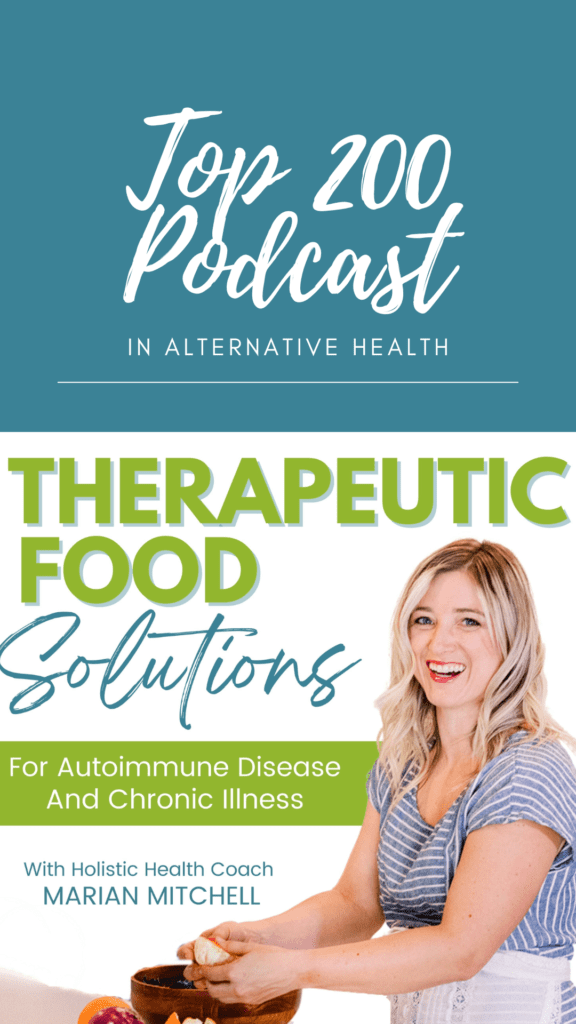
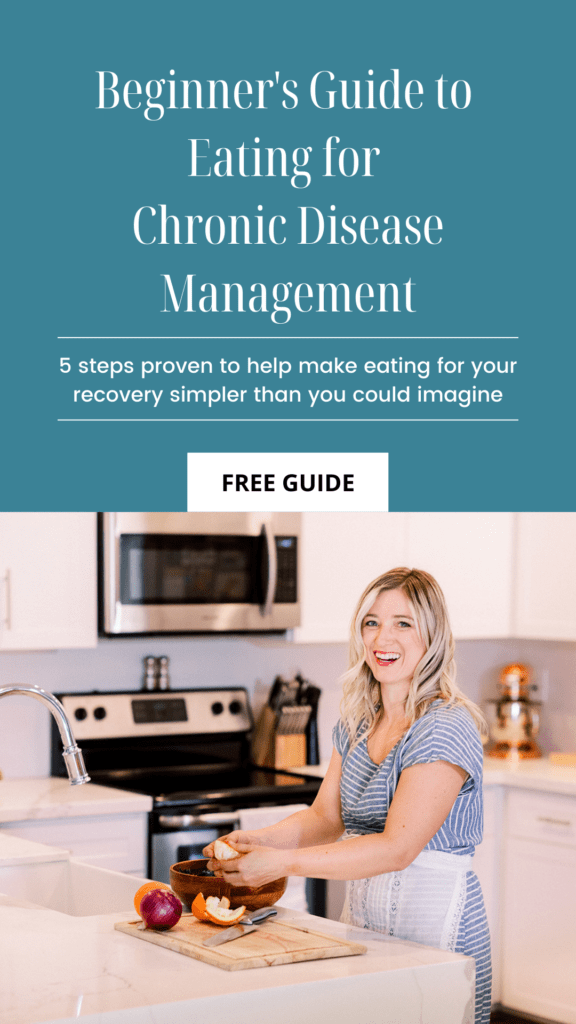



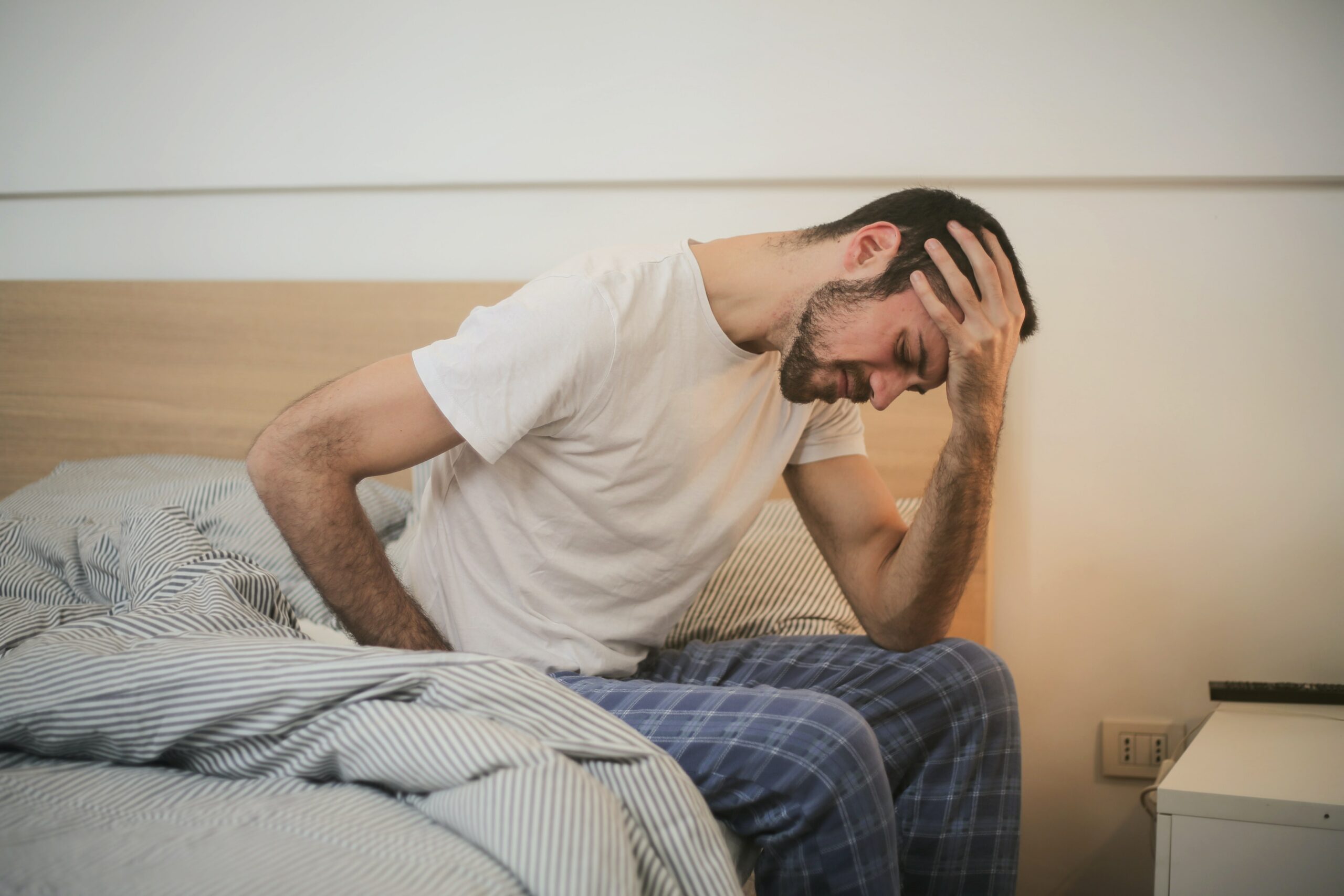

21 thoughts on “How Going Gluten Free Can Help Stop Hair Loss”
I’ve already been gluten free for a few months, but I hadn’t even thought about the connection with my hair. I’ve totally noticed it being a lot thicker lately (I’ve even had to switch shampoos!) and I bet it’s definitely related.
xoxo,
Sarah
lifestartzhere.com
Isn’t it amazing? My hair went from an ash blonde to full on medium brunette after going gluten free!
This is such an interesting concept. I’m starting to see some hair thinning, and I know it runs in my mom’s side of the family. But I’m also wondering if cutting out some of the gluten in my diet would help. I’m going to need to do some more research into this one. Thanks so much for sharing
Thinning hair is not normal for the most part. Even if it seems genetic, the root cause can be the same, just not related to hair loss. My mom turned grey at 28, but at 32 I don’t have a single grey hair. Grey hair, and thinning hair, are most often related to lack of nutrients. Going gluten free and healing your gut may help stop hair loss and even reverse it. If you decided to give it a try and want some tips to make it easier, please reach out!
I am so amazed that I had to find this out constant prayer and then God lead me to pick up a book that I had had for some time. I read that hair loss could get better if you cut out dairy and wheat. I also have been having bad gas consistently for about 6 months. Went to my doctor and all they could offer was a prescription that I didn’t want to continue taking. I wanted to find out the cause of it. (I also had seen a dermatologist about my hair they only offered rogaine.) I had been eating Ezekiel bread, but stopped getting it during the pandemic. Big mistake!
I’ve heard that it could be good for you to stop eating gluten, but I had no idea that hair loss and gluten could be related. Thanks for sharing this!
It’s fascinating, isn’t it? Inflammation and nutrient malabsorption causes so many different symptoms that we would never think are related.
I’ve considered numerous times going gluten free. I need to do more research. Your post is full of information!
I am always “shedding hair like a dog” I’ll have to try and start making some of these changes to see if it helps. Thank you for the informative read.
I shed a lot too. If your hair is thinning though, then going gluten free and reducing inflammation in the body can help stop that hair loss.
Crazy! I was familiar with many of those allergy symptoms, but didn’t know hair loss could be an effect of inflammation. Very interesting read.
I’m glad you found it interesting Clarice.
Hello,
I am now having Alopecia Areata and I just got to know that gluten-free diet could help to stop hair loss. But, it looks to me many of the daily foods that we took today are considered gluten food, am I right?
Egg, bread, barley, meat, potato, etc…they are gluten food? No?
Hi,
Gluten is in many foods because it is a thickener and filler. It is in wheat, barley, and rye in all forms. Sometimes in oats. All fruits and vegetables are gluten free. To really learn more about gluten and what foods to avoid and which ones to eat, my cookbook, The Dish: A Real Life Guide For Eating With Autoimmune Disease is a great place to start. You don’t have to have autoimmune disease to benefit from the information and get a solid start on a gluten free lifestyle.
I have been on a gluten free diet for about 2 years now and for a few months and I have a significant amount of hair gone. My hair used to be really thick that It was so hard to put up into a pony tail, but now I lose so much hair and my hair is really thin. Does anyone know what I can do about this or products I could use? Thanks!
Hi Haley, If you are losing hair in that amount I would recommend you go to a Naturopathic Doctor or Functional Medicine Practitioner and get your thyroid looked at and get tested for hoshimoto’s.
Three years ago, I had my first bout of hair loss. I thought it was due to my birth control, so I stopped the birth control. But a year ago, the bouts of hair loss began again. This time, they come more frequently. I’ve probably had 3 in the last year, and it’s become noticeable in my hairline.
This is very distressing!
I’ve been doing some research and came across the connection between hairloss and gluten.
Sigh. It feels very overwhelming, especially because I don’t like to cook.
BUT – I will do anything to stop the hair loss and grow it back.
What are your thoughts Marian?
Thanks so much!
Hi Kat,
I definitely understand how distressing hair loss is. I would start with seeing a holistic or naturopathic doctor to look at your thyroid. I have a great 12 day program that makes going gluten free easier. It definitely is overwhelming at first but we live in a great period of time to go gluten free. There are a lot of options! You can check out my 12 day program here: https://www.roadtolivingwhole.com/thrive-gluten-free-12-day-jumpstart/ or please feel free to schedule a free 30 minute consult. I would be happy to chat more.
YUP I have been going through this! Hair loss I have noticed for the past few years and had NO idea what to do about it! I also lost my gall bladder awhile back, and thought that was the reason I was getting sick all the time. Turns out, GLUTEN! I went dairy free, sugar free, white flour free almost a year ago and its been turning around, but I would still get sick sometimes when I had gluten, which was a lightbulb for me! Now I have stopped eating that too, every once in awhile I will indulge, its SUPER hard sometimes. IMMEDIATELY I have to run to the bathroom when I am naughty, its not worth it! My hair is now thicker, stronger, 50% more filled in. Its amazing!
Thank you so much for sharing your experience! It helps others with their journey. My hair color changed from dishwater blonde to medium brown when I went gluten free!
Amazing tips you have mentioned in your blog. I am sure a remedy will be effective once I would apply them.